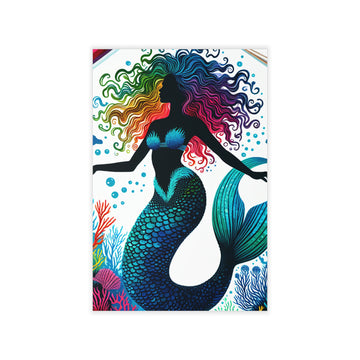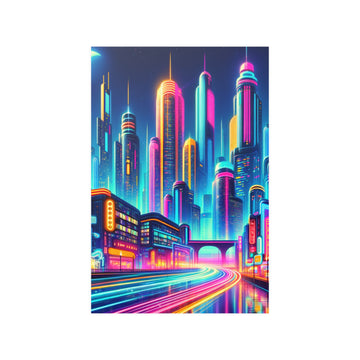Cityscape Chronicles: Graffiti on Canvas
Cityscape Chronicles: Graffiti on Canvas
Blog Article
In the hustle and bustle of town roads for the quiet corners of suburban laneways, streets art has blossomed right into a cultural phenomenon that is certainly as diversified because the surfaces it adorns. Far from the confines of conventional galleries along with the exclusivity of substantial-stop art institutions, streets artwork opens a conversation between customs and the open public. In this extensive check out the movement, we'll investigate the unique past and modern significance of Street Art Canvas and the affect it offers on our downtown scenery.

The Origins of your City Emerging trend
To actually understand the value of neighborhood art work, we need to take another look at the sociopolitical weather conditions that birthed the activity. Primarily a form of below the ground protest along with a declaration of societal pride within the context of the marginalized immigrant and youth traditions, street art work was a method to reclaim public areas and challenge the position quo.
Certainly one of street art's most influential pioneers, the enigmatic Banksy, exemplifies this ethos. His function often brings poignant social emails, combining darker laughter with incisive politics commentary. Banksy's anonymous persona also highlights the notion that neighborhood craft is, at its central, a method for your voiceless to become observed.
Juxtaposed with the transgressive mother nature of very early streets craft, the motion has changed to turn into a legit form of modern artwork. Right now, places like Berlin, Ny, and Melbourne pride themselves on their road artwork, realizing it an important aspect of their societal identification.
If the Roadways Communicate
What packages neighborhood artwork besides other artistic expression is its connections together with the setting. Every single mural, label, or paste-up is a conversation with all the cityscape, a testament to the artist's capacity to respond to and improve the city ambiance. Over and above mere beauty, neighborhood craft results in a feeling of location, capturing the beat and heartbeat of area life.
Neighborhood craft is additionally inherently ephemeral. The impermanence of their canvases, due to weather or perhaps the city's cleanliness procedures, imbues these artworks using a poignant temporality, urging the public to appreciate them whilst they previous.
Navigating Legitimate and Moral Grey Areas
Despite streets art's expanding acceptance, it continues to be a process fraught with legitimate and moral difficulties. The act of placing artwork without consent raises questions on general public possession of room and the function in the artist locally. What comprises wanton damage and precisely what is considered a open public services are often up for debate.
Several towns have produced insurance policies to aid road art work, delivering legal techniques for designers to enhance the area. Plans like São Paulo's Galeria de Arte Urbana and New York's Percent for Art System illustrate a change in perspective, acknowledging neighborhood art's contribution to urban aesthetics and social discourse.
Road Craft inside the Electronic Era
The rise of social media and computerized technology has propelled streets artwork to new height of awareness. Programs like Instagram allow musicians to share with you their function quickly, hitting an international audience. Hashtags and geotags have turned once-hidden gemstones into tourist attractions, redefining the connection between artwork, the public, as well as the electronic digital realm.
Nevertheless, this newfound notoriety has generated concerns about validity and also the commercialization of streets art work. With popular brands and advertising and marketing agencies appropriating the fashion, some argue that the activity is dropping its countercultural benefit.

The Legacy of Apply-Colored Ambitions
At its central, neighborhood art continues to be a democratic and reachable type of manifestation. It talks to the assortment and vibrancy of the metropolitan residential areas, becoming both a vanity mirror to culture and a catalyst for alter. No matter if it's a strong mural advocating for social proper rights or a whimsical item that brings a smile into a passerby, street artwork will continue to enrich our metropolitan areas and problem our perceptions of art.
The way forward for streets art is in how we, like a modern society, opt to support and interact with by using it. By accommodating the sounds of designers in the city planning, we can foster environments where neighborhood artwork grows fastest. It's not simply regarding what we percieve in the wall surfaces it's regarding the tales and interactions these powerful, expressive canvases encourage. Report this page